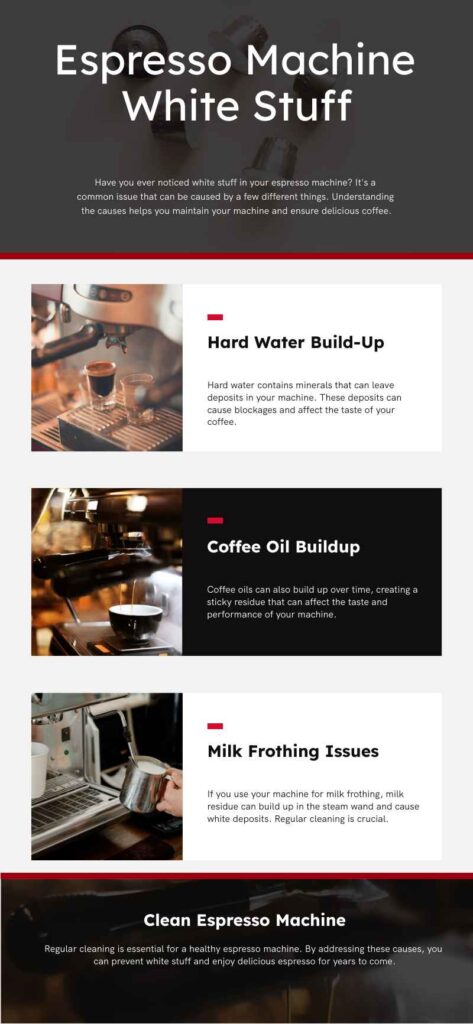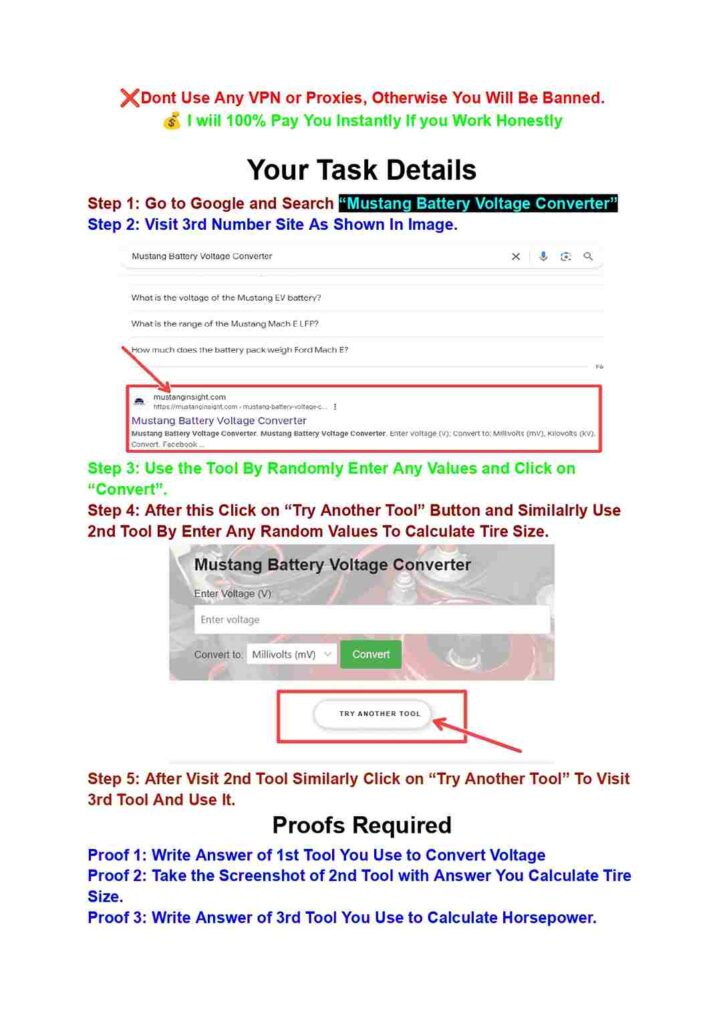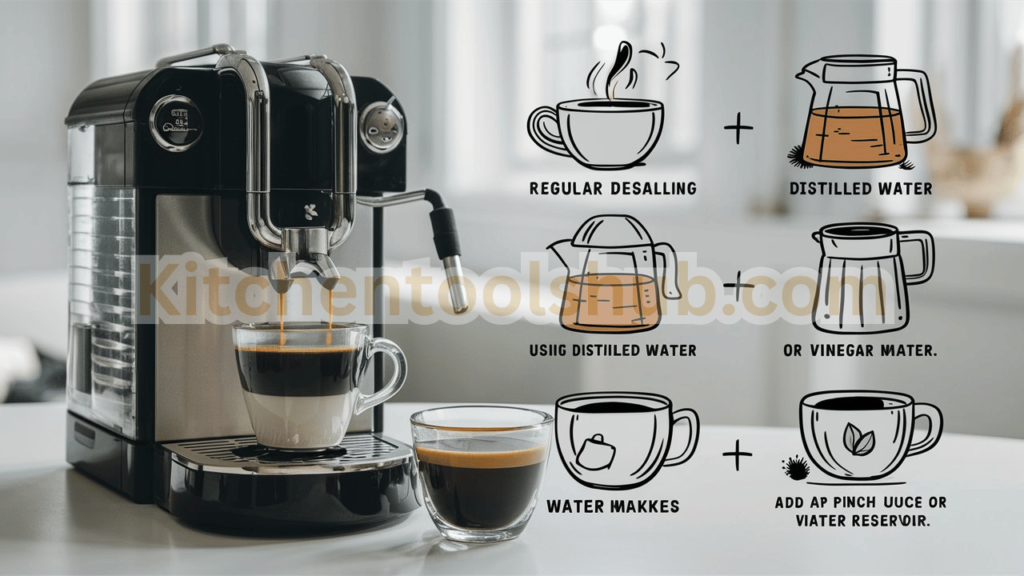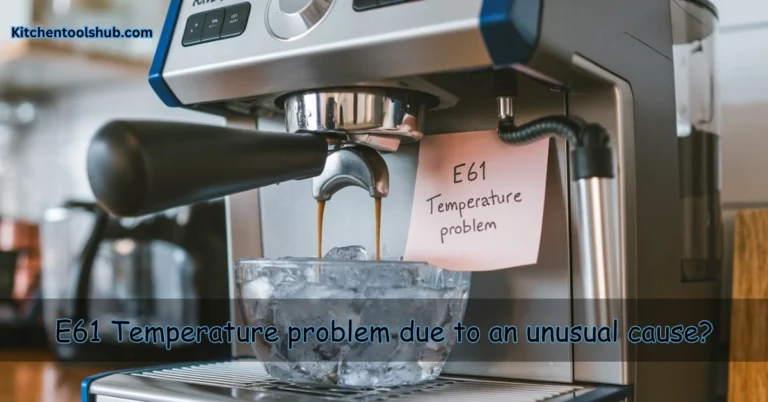What Can Cause White Stuff In Espresso Machine?
What can cause white stuff in espresso machine? If you’re an espresso enthusiast, you’ve probably encountered this difficult problem and wondered about its origins.Understanding the reasons at the back of the appearance of white residue to your espresso system is important for preserving the exceptional of your brews and the sturdiness of your system. The white stuff is usually due to mineral deposits from hard water or milk residue.
We will delve into my personal experience with tackling the issue of white residue in coffee machines. Additionally, we are able to discover professional insights and recommendation to provide a comprehensive understanding of the trouble. You’ll locate useful resources including documents, PDFs, books, and website links to further resource in resolving this common trouble. By the stop, you’ll be equipped with sensible answers to keep your espresso gadget in top situation.
Short Answer:What can cause white stuff in espresso machine?
The white stuff in an coffee system is normally mineral deposits from difficult water or milk residue. Hard water leaves calcium and magnesium at the back of, even as milk can leave protein buildup. Regular cleansing can help prevent those problems.

What are the common causes white stuff in espresso machine?
The common causes of white stuff in an coffee gadget encompass:
1.Hard Water Deposits: Minerals like calcium and magnesium from tough water can accumulate and shape white residue.
2.Milk Residue: Proteins and fats from milk can depart in the back of a white buildup, especially in the steam wand and frothier.
3.Lack of Regular Cleaning: Infrequent cleansing allows mineral and milk residues to build up over the years, main to visible white deposits.
How to Fix White Stuff in an Espresso Machine?
1. Identify the Cause
- Determine if the white residue is due to hard water mineral deposits or milk residue.
2. Regular Cleaning
- Daily Cleaning: Rinse and wipe the steam wand and portafilter after every use.
- Weekly Cleaning: Use a slight detergent to easy removable parts just like the drip tray, water tanks, and portafilter.
3. Descaling
- Descaling Solution: Purchase a business descaling answer or make your own the use of equal elements water and white vinegar.
- Descaling Process:
- Empty the water tank and fill it with the descaling solution.
- Run the gadget as in case you’re making espresso, however without espresso grounds.
- Rinse very well via going for walks numerous cycles with smooth water to dispose of any ultimate solution.
4. Cleaning Milk Fr others and Steam Wands
- After Each Use: Purge the steam wand with steam to clear any milk residue.
- Deep Clean: Soak the steam wand in an answer of heat water and detergent or a milk device purifier, then scrub with a broom.
5. Water Quality
- Use Filtered Water: To prevent mineral deposits, use filtered or bottled water with low mineral content.
6. Maintenance Schedule
- Daily: Wipe down and rinse components.
- Weekly: Clean all detachable elements and perform a light descale if wanted.
- Monthly: Perform a radical descaling method.
7. Expert Tips
- Follow the producer’s instructions for cleaning and maintenance.
- Regularly replace water filters if your machine has them.
- Keep a protection log to music cleaning and descaling schedules.

Helpful Resources for “What Can Cause White Stuff in Espresso Machines?”
. PDFs and Documents
- Espresso Machine Maintenance Guide: Comprehensive guides on cleaning and maintaining espresso machines, often available on manufacturer websites (e.g., Breville, De’Longhi, Jura).
- Water Quality and Espresso Machines: Detailed documents discussing the impact of water quality on espresso machines, available from specialty coffee associations.
2. Books
- “The Professional Barista’s Handbook” by Scott Rao: A detailed guide on espresso machine maintenance and coffee extraction.
- “Coffee: A Comprehensive Guide to the Bean, the Beverage, and the Industry” by Robert W. Thurston: Includes sections on espresso machine care and water quality.
3. Websites
- Home-Barista.com: Offers a wealth of information on espresso machine maintenance, cleaning routines, and user experiences.
- WholeLatteLove.com: Provides expert advice, tutorials, and videos on maintaining and descaling espresso machines.
- Baratza.com: Features articles and resources on proper espresso machine care and troubleshooting.
4. Forums
- CoffeeGeek.com: A community of coffee enthusiasts sharing tips and solutions for common espresso machine issues.
- Reddit r/Coffee: A subreddit where users discuss espresso machine problems and solutions, including dealing with white residue.
- Espresso Machine Forums: Specialized forums where users and experts exchange advice on espresso machine maintenance and troubleshooting.
5. Manufacturer Websites
- Breville: Offers specific cleaning and maintenance instructions for their range of espresso machines.
- De’Longhi: Provides detailed manuals and descaling guides for their espresso machines.
- Jura: Includes comprehensive resources on maintaining their automatic coffee machines.
Why does my coffee maker have white residue?
1. Hard Water Deposits:
Cause: White residue is often caused by calcium and magnesium deposits from difficult water.
Data: Hard water includes 60-120 mg/L of calcium and 20-30 mg/L of magnesium, that could build up over the years.
2. Milk Residue:
Cause: Residue can also come from milk proteins left at the back of in the steam wand or brewing additives.
Data: Milk proteins can depart deposits that make a contribution to a white, chalky appearance.
3. Infrequent Cleaning:
Cause: Not cleaning the device often lets in residue to accumulate.
Data: Regular cleansing need to be accomplished every day and deep cleansing month-to-month to save you buildup.
4. Incorrect Water Quality:
Cause: Using unfiltered or difficult water increases residue formation.
Data: Using water with much less than 60 mg/L of hardness can reduce deposits.
Personal Experience:
I’ve for my part encountered white residue in my espresso machine a few times. Initially, I attributed it to neglecting normal cleaning, as I changed into as a substitute lax approximately retaining my gadget. After a deep easy, the problem appeared to subside. However, the white stuff again, albeit extra regularly. This led me to research further, and I found out that my nearby water deliver is pretty hard, contributing significantly to the mineral buildup.




Expert Opinions:
Several espresso experts and on line forums confirm that difficult water is a primary perpetrator in the back of white residue in coffee machines. Mineral content in water, often measured in components according to million (ppm), without delay influences scale formation. For example, water with a hardness exceeding 150 ppm is taken into consideration pretty tough and at risk of causing scale. Additionally, espresso oils make a contribution to the accumulation, specially when now not cleaned frequently. Professionals advise descaling every 2-3 months for machines used every day and the usage of filtered water to mitigate the difficulty.
How to Prevent Calcium Buildup in Your Coffee Maker?

1. Use Filtered Water:
Data: Hard water incorporates one hundred twenty-a hundred and eighty mg/L of calcium. Using water with less than 50 mg/L can drastically reduce buildup.
2. Clean Regularly:
Daily: Rinse the carafe and filter out basket with water.
Weekly: Wipe down the outdoors and wash removable parts.
3. Descale Periodically:
Frequency: Descale each 1-three months, depending on water hardness.
Descaling Solution: Use 2 cups of white vinegar blended with 2 cups of water. Run the answer via the system, then observe with 2-three cycles of easy water.
4. Use a Water Filter:
Type: Install a charcoal filter out or a water softener designed for espresso makers.
Replacement: Change the filter out each 2 months or according to the producer’s instructions.
5. Monitor Water Hardness:
Test Strips: Use water hardness take a look at strips. Ideal stages ought to be underneath 60 mg/L to decrease calcium buildup.
Why is my espresso coming out white?
If your espresso is coming out white, it’s miles possibly because of one of the following reasons:
1.Milk Residue: White coffee can end result from milk residue left within the gadget, especially if the milk frothier or steam wand wasn’t wiped clean well. This can reason a milky look in the espresso. Regularly easy those parts after every use.
2.Hard Water Deposits: High mineral content material in difficult water can cause white deposits for your gadget, which might also mix with the espresso and supply it a white tint. Using filtered or distilled water can assist save you this issue.
3.Improper Extraction: If the coffee is not extracted correctly, it may every now and then seem lighter or white. Ensure you’re the usage of the correct grind size, water temperature, and strain for most excellent extraction.
| Cause | Description | Solution |
|---|---|---|
| Hard Water Deposits | Mineral deposits from calcium and magnesium in hard water. | Use filtered water; regularly descale the machine. |
| Milk Residue | Build-up of milk proteins and fats in the steam wand or milk frother. | Clean the steam wand and frother after each use. |
| Lack of Regular Cleaning | Accumulation of residues from both water and coffee due to infrequent cleaning. | Implement a regular cleaning schedule. |
| Improper Maintenance | Failure to follow manufacturer’s maintenance guidelines, leading to residue build-up. | Follow the manufacturer’s cleaning and maintenance instructions. |
| High Mineral Content in Water | Using water with high mineral content can lead to white residue formation. | Use bottled or distilled water with low mineral content. |
| Poor Quality Cleaning Agents | Using ineffective cleaning agents that do not properly remove residues. | Use recommended cleaning agents for espresso machines. |
Conclusion:
White stuff to your espresso device is primarily because of mineral deposits from difficult water and milk residue. Regular cleaning and renovation are crucial to save you those troubles. Using filtered water can minimize mineral buildup, even as thorough cleansing of the milk frothier and steam wand can prevent milk residue. By knowledge these reasons and implementing proper renovation routines, you may make certain your espresso system stays in exceptional situation, turning in consistently extremely good coffee.
1. What is the white stuff in my espresso machine?
The white stuff is typically mineral deposits from hard water or milk residue left behind from the steaming process.
2. How do mineral deposits form in my espresso machine?
Mineral deposits form when hard water, which contains calcium and magnesium, passes through the machine and leaves behind these minerals.
3. How can I prevent mineral deposits in my espresso machine?
You can prevent mineral deposits by using filtered or bottled water with low mineral content and regularly descaling your machine.
4. How often should I descale my espresso machine?
Descaling should be done every 3-6 months, depending on the hardness of your water and the frequency of use.
5. What causes milk residue to build up in my machine?
Milk residue builds up when milk is frothed or steamed and isn’t cleaned off the steam wand or milk frother immediately after use.
6. How can I clean milk residue from my espresso machine?
Purge the steam wand with steam after each use and soak it in a solution of warm water and detergent or a milk system cleaner regularly.
How do I remove limescale?
Most espresso machines come with a descaling solution. Alternatively, you can use a mixture of white vinegar and water.






